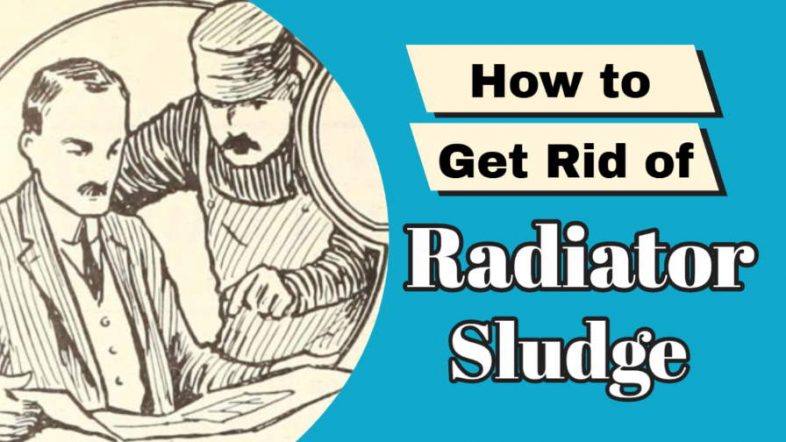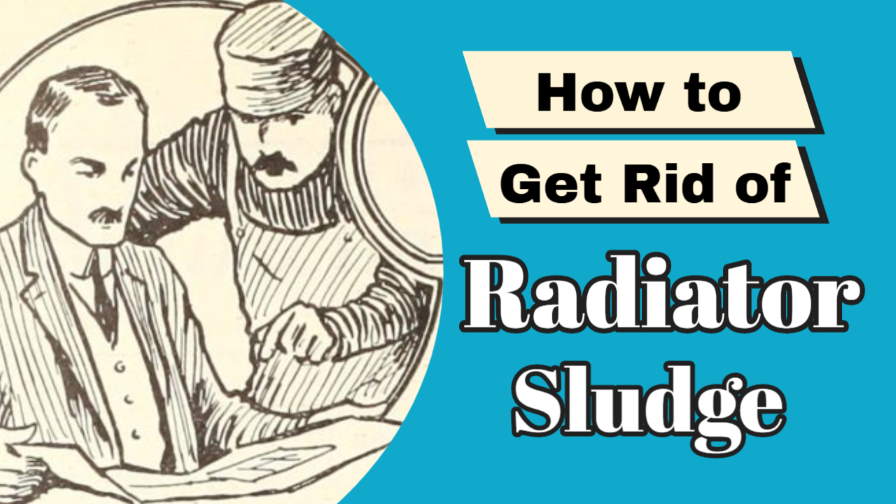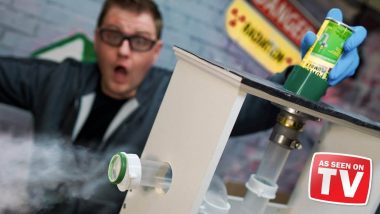The vexed question of how to get rid of radiator sludge from central heating systems, is often made complex by the fact it’s invisible and you often do not have any way of knowing for sure whether the sludge exists. You might wonder if the idea may just be a reason from your plumber to bill you even more cash.
Believe of your home heating as the body’s artery flow, with the boiler as the heart. Concealed radiator sludge serves as embolism that slowly suffocates your system. Conserve your residence from a heart attack with this important guide on just how to purge sludge in radiators out.
Radiator full of sludge?
Sludge is basically filthy water. Particles of dust from the water in the system combine with brownish rust iron oxide.
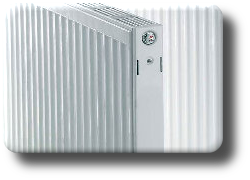 You may be able to tell that you need to clean sludge from your radiator if it is warm at the top or at the sides, yet is chilly near the bottom. Rust and dirt will naturally sink to the bottom of a radiator and also develop a thick sludgy layer that takes a long period of time to warm up.
You may be able to tell that you need to clean sludge from your radiator if it is warm at the top or at the sides, yet is chilly near the bottom. Rust and dirt will naturally sink to the bottom of a radiator and also develop a thick sludgy layer that takes a long period of time to warm up.
Did you observe that the space really feels a little chillier recently? Did you touch your hot radiator just to discover chilly areas near the bottom? That means there’s sludge in the radiators inside your residence, a blend of rust as well as dirt and also various other things. As well as it’s sucking away your money.
Not only that. The reality is that the restricted circulation that heating sludge causes will certainly put back pressure on the boiler. This can damage components like the home heating pump, and build-ups can ruin the heat exchanger in your boiler remarkably quickly, even if they are brand-new.
If so, you do require it purged.
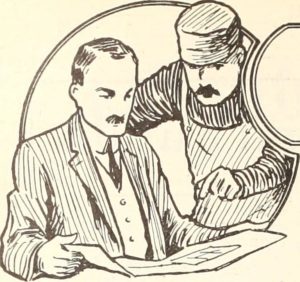
What triggers sludge in a radiator?
The sludge is mostly just the result of corrosion which comes from the pipes and from within radiators, pipes and excess flux and filings from joints. All these things contribute to sludge with time, as they progressively wear away. The older the system is, the likelihood rises that sludge will develop.
Cleansing sludge out of radiators
First off we remind you that in the UK you need to get a Gas Safe Registered engineer to look. Anything to do with gas boilers requires a gas safe technician. He may concur that work strictly relevant only to flushing may not require a gas safe technician.
Just how to clean sludge from a radiator

Your system most likely needs a power flush. The technician will certainly attach a power washer to your system. This will jet an effective, rapid flow of fluid through your system. This removes sludge as well as corrosion, removing it from your radiators and central heating boiler.
It can take a number of hrs to eliminate the muck from your radiator system. If you have a bigger system or there’s a whole lot of sludge, it can take even longer.
Your central home heating system will contain fresh, sludge-free water after the power flush. The engineer will need to include an inhibitor fluid. This fluid chemical will stop sludge developing once again.
Cleansing sludge out of radiators by DIY
A possible means to deal with the clear out all that sludge is by doing it yourself. You’ll need a fundamental understanding on central heating systems and also the fittings and equipment used. If you are keen to save the money, there’s no factor why you can not get this done on your own.
DIY radiator sludge elimination calls for isolating each radiator to be cleaned up from the remainder of the pipework.
Pulling it out into the garden or patio, as well as purging it on full circulation with water from a tap hose. This is time-consuming, as well as may make rather a mess of your exterior.
And worse if any of the isolator valves drip significantly there is a danger of dropping water onto the floor.
Even simply draining each radiator before flushing can lead to the spillage of dirty water around your house.
It’s not an easy task to be done, also by a DIY lover, but it is possible.
We really hope that this post has actually served to help anyone studying this who seeks to clean sludge out of radiators.
